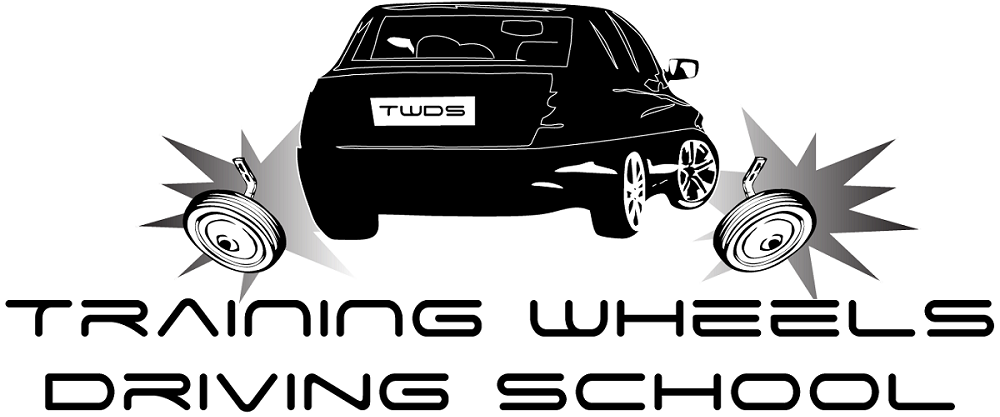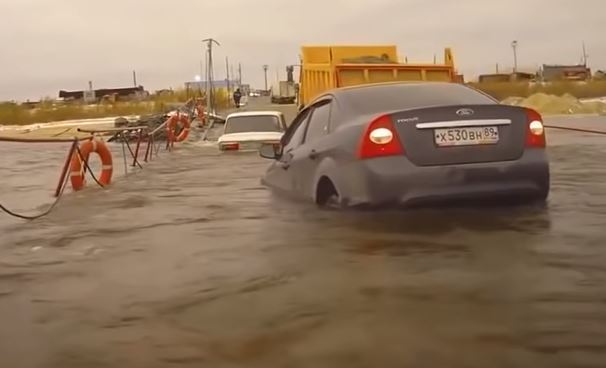No one wants to imagine being in this type of situation, but sometimes life doesn’t take the fair path, so just about anybody could find themselves off the road, their vehicle in the water, and their person still strapped in their seat, with the vehicle starting to sink. “If you get on your phone and call your parents, or your sister, or 911, you will die,” said Robert May, who has worked with the Indiana State Police, specifically their Underwater Search and Recovery Team, for 21 years.
In this life-threatening situation, it’s not likely anyone will get there in time to help you, so you need to do what you can and save yourself. First of all, you need to move quickly. Vehicles like minivans could float on water for up to ten minutes, but your chances of surviving increase significantly if you’re out of the vehicle within 60 seconds of impact. During a University of Manitoba submersion study, three passengers exited along with one child mannequin via the driver-side window in only 53 seconds.
To escape, remove your seatbelt, roll the window down, then climb out. It’s ideal for you to climb onto the vehicle’s roof and attend to any children in the vehicle. Unfasten their seat belts from in back, pull them up front, then push them, oldest to youngest, through the window. Per May, electric windows should continue working after impacting with water, a sensation he says is “like landing on a pillow.” Even so, you should have a small tool for breaking glass just in case, preferably hanging from your rearview mirror or on your keys.
Additionally, avoid opening your door, as this will cause water to flood in, and once the car is filled with water, it will sink very fast. In another study, a bus meant to carry up to 65 passengers sank in about nine seconds. This is a serious matter, given that vehicle submersions are among the highest causes of death in single-vehicle incidents, causing 400 deaths per year on the North American continent.
After spending most of his career pulling vehicles—as well as their sometimes-dead occupants—from lakes, rivers, flooded roads, frozen retention ponds, and reservoirs — May has dedicated himself to preventing as many single-vehicle drowning deaths as possible, training 911 dispatchers, writing how-to guides, and even testing escape protocols himself in sinking vehicles. “Escape while the car is floating on the surface,” he says. Per May, victims sometimes die in water so shallow they could stand in it, demonstrating the pertinence of knowing how to escape a vehicle and remaining calm.
After getting on top of the vehicle, determine whether it’s smarter to stay where you are or to swim for land. From there, you need to call for help as soon as possible. “Just get out first,” says May, “or your car becomes your coffin.”
Photo via TNT Channel Youtube Video

